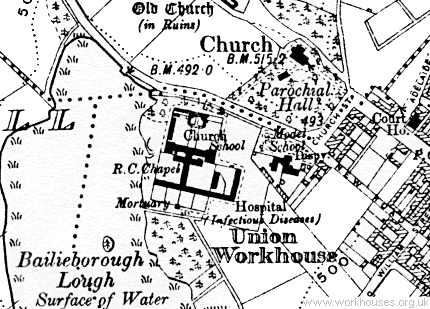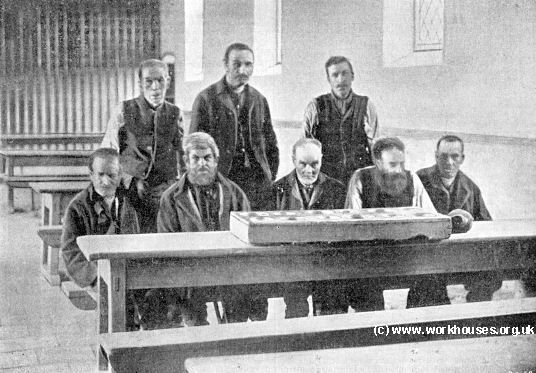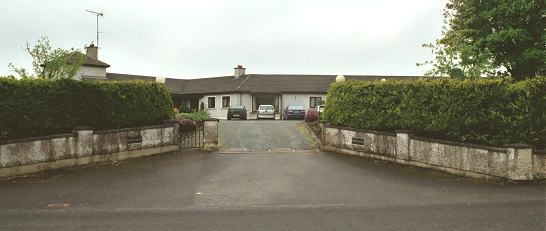Bailieborough, Co. Cavan
Bailieborough Poor Law Union was formally declared on the 20th November 1839, and covered an area of 138 square miles. Its operation was overseen by an elected Board of Guardians, 18 in number, representing its 11 electoral divisions as listed below (figures in brackets indicate numbers of Guardians if more than one):
Co. Cavan:
Bailieborough (3), Crossbane, Killenkere, Kingscourt (3), Shercock (2), Skeagh (2), Termon (2).
Co. Meath
Ardagh, Moybolgue, Newcastle, Tullyarran.
The Board also included 4 ex officio Guardians, making a total of 22. The Guardians met each week on Monday.
The population falling within the Union at the 1831 census had been 41,414 with divisions ranging in size from Newcastle (population 1,741) to Kingscourt (6,735) and Bailieborough itself (5,338).
The new workhouse, built in 1841-2, was designed by George Wilkinson. It occupied a six-acre site at the west side of Bailieborough and could accommodate 600 inmates. The cost of the building was £6,000 plus £1,160 for fixtures and fittings etc. It was declared fit for the admission of paupers on 26th March 1842, and admitted its first inmates three months later on the 20th June 1842. The workhouse location and layout are shown on the 1913 map below.

Bailieborough workhouse site, 1913.
The workhouse followed one of Wilkinson's standard designs, with a front block housing receiving rooms on the ground floor and a board-room on the first floor. A central block housed the master's quarters, inmate dormitories, school rooms, day rooms, kitchen and a washhouse. The rearmost block, connected via the chapel/dining-hall, housed the workhouse infirmary.
During the famine in the mid-1840s, additional accommodation was erected. Sheds were erected to house up to 45 fever patients.
In 1895, Bailieborough was visited by a "commission" from the British Medical Journal investigating conditions in Irish workhouse infirmaries. Their report itemised a catalogue of deficiencies: dirt, poor sanitary facilities, a complete absence of running water, and an infirmary which the workhouse's own medical officer described as "quite unfit for its purpose." Further details are available in the full report.

Bailieborough workhouse inmates dining from troughs, c.1895.
In 1922 the Free State Army occupied the workhouse. It later became one of the first Technical Schools in the country. In 1936, the building became a manufacturing base for shoes and boots produced by the George Earl Company. The "Boot Factory" was the main source of non-agricultural work in the area for nearly 40 years. The buildings were demolished in the 1970s and the Fairlawns old people's home now stands on the site.

Bailieborough former workhouse site, 2002
© Peter Higginbotham.
Inmates
Records
Note: many repositories impose a closure period of up to 100 years for records identifying individuals. Before travelling a long distance, always check that the records you want to consult will be available.
- Cavan County Library, Farnham Street, Cavan, Co. Cavan. Main holdings: Guardians' minute books (1848-1923). Detailed list.
Bibliography
- Crossman, V (2006) Politics, Pauperism and Power in Late Nineteenth-century Ireland
- Gould, Michael H (1983) The Workhouses of Ulster
- Gray, P (2009) The Making of the Irish Poor Law, 1815-43
- O'Connor, J (1995) The Workhouses of Ireland
Links
- None.
Unless otherwise indicated, this page () is copyright Peter Higginbotham. Contents may not be reproduced without permission.


